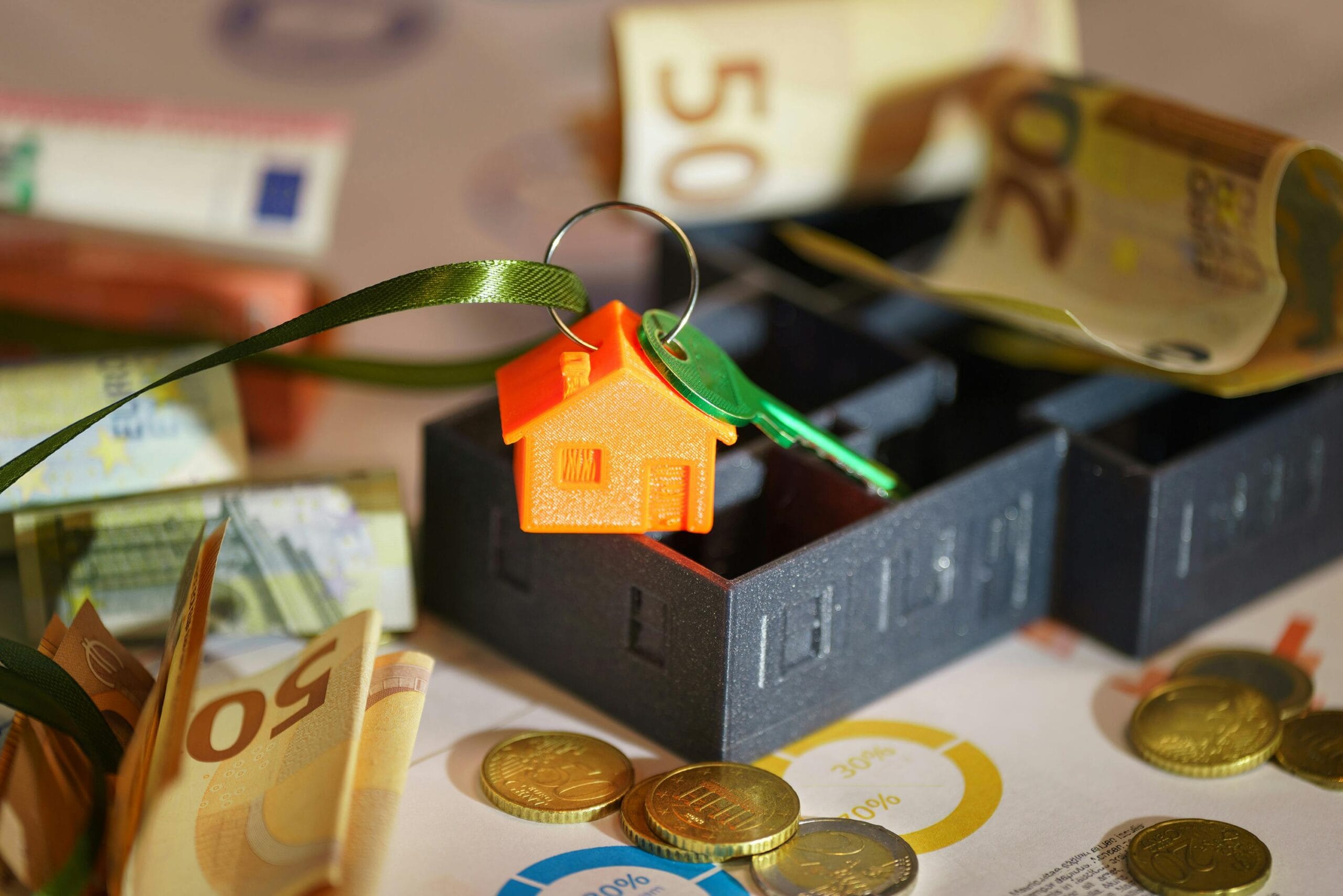Have you ever wondered what crucial aspects to consider when touring a potential new home? Purchasing a home is one of the most significant financial decisions we can make in our lives. It is essential to approach this endeavor with a clear understanding of what to look for during a home tour. By preparing ourselves with a thorough checklist, we can make more informed choices and avoid future regrets.

Understanding the Basics of Home Tours
Scheduling a home tour is an exciting step in our home-buying journey. However, it can also be overwhelming. Before stepping into a home, we must arm ourselves with knowledge. Taking the time to focus on specific areas will help us assess whether a property aligns with our preferences and needs.
Prioritizing Our Must-Haves
Every homebuyer has a unique set of priorities. Some may value proximity to schools or workplaces, while others might emphasize aesthetic features like a modern kitchen or spacious living areas. Before the tour, it is crucial for us to list our “must-haves” versus “nice-to-haves” to streamline our focus during the tour.
Researching the Neighborhood
Conducting research on the neighborhood gives us an important context for our potential home. Factors such as safety, amenities, and nearby schools can significantly affect our living experience. By familiarizing ourselves with the area, we can better gauge if a home suits our lifestyle.
Evaluating Curb Appeal
The exterior of a home sets the stage for the overall impression we get during a home tour. Curb appeal is often our first encounter with the property and can reveal much about its maintenance and care.
Landscaping and Exterior Condition
As we approach the home, we should take stock of the landscaping. Well-kept lawns, neat hedges, and vibrant flowerbeds indicate a property that has been maintained properly. Conversely, overgrown plants and neglected exteriors may suggest deeper issues.
Roof and Structure
The roof’s condition is critical, as a failing roof can lead to significant repair costs. We should look for sagging, missing shingles, and leaks. Additionally, the home’s overall structural condition is essential. Cracks in the foundation, peeling paint, and other signs of wear can alert us to possible problems.

Assessing Interior Spaces
Upon entering the home, we shift our focus to the interior. This is where we will live, so it is vital that the space meets our needs.
Layout and Flow
A functional layout enhances our living experience. We should assess whether the rooms flow well together. Open-concept designs are popular, but we also must consider if the setup suits our preferences for privacy and separation.
Room Size and Usability
We need to gauge whether rooms are appropriately sized for our furniture and lifestyle. Does the living room feel inviting? Is the kitchen spacious enough for family gatherings? Pay attention to how each room’s dimensions impact its usability.
Natural Light
Lighting can significantly affect a home’s ambiance. We should note the number and placement of windows, as well as whether the home feels bright and airy or dark and closed off. Natural light often enhances mood, so this aspect warrants our attention.
Inspecting Structural Integrity
While aesthetics play a crucial role in our decision-making, underlying structural integrity should never be overlooked.
Foundation and Walls
Looking for signs of issues with the foundation is critical. We should search for cracks, uneven floors, or doors that stick. Walls may also reveal issues through cracks or bulges, which could signal larger problems within the property.
Plumbing and Electrical Systems
Our checklist must include evaluating the plumbing and electrical systems. Water stains on ceilings, low water pressure, or slow drains indicate plumbing issues. For electrical systems, we should check the presence of updated outlets and look for potential hazards like exposed wires or frequent circuit breaker trips.

Investigating Heating and Cooling Systems
Comfort within the home is significantly determined by heating and cooling systems. As we tour, it is useful to note the types of systems in place and their condition.
HVAC System
An efficient HVAC system is vital for our comfort and energy costs. We need to establish the system’s age and maintenance history. Systems that are well-maintained typically result in lower future costs.
Insulation and Windows
Considering insulation quality and window performance can help provide insight into potential energy costs. We should check for drafts or poorly sealed windows, as these may contribute to higher heating and cooling expenses.
Exterior Systems and Aspects
Our checklist should also extend beyond the interior, including essential exterior systems.
Driveway and Garage
The condition of the driveway can impact not only aesthetics but also functionality. Cracks or uneven surfaces can be costly to repair. If the home includes a garage, we must also investigate its size and usability.
Fence and Yard
If the property features a yard or pool, their condition is paramount. We should assess whether they contribute positively to our lifestyle, noting whether fences are intact and whether the yard is adequately landscaped.
Code Compliance and Safety Features
Safety should be our top priority when buying a home. As we tour, we must ensure that the property meets local codes and regulations.
Safety Alarms and Outlets
Homes should be equipped with smoke detectors, carbon monoxide detectors, and grounded outlets. We need to verify whether these safety features are in place and functioning.
Building Permits and Historical Compliance
Understanding whether necessary renovations have been performed with valid permits allows us to gauge the legality of modifications. Non-compliance could present significant future hurdles.
Homeowner Association (HOA) Considerations
If the property is subject to an HOA, we should be informed about its rules, fees, and regulations during our tour.
Rules and Restrictions
Understanding HOA rules can dictate our lifestyle choices, from how we can decorate our homes to whether we can rent them out. We need to review these stipulations carefully.
Cost Analysis
HOA fees can add significantly to our monthly expenses. Being aware of the costs associated with the HOA can aid in our budgeting.
The Value of a Second Opinion
After conducting our assessment, we should consider the value of obtaining a second opinion. Bringing a knowledgeable friend or a home inspector can provide an unbiased review.
Professional Home Inspections
Investing in a professional home inspection can unearth hidden issues. Inspectors thoroughly evaluate both the structural and functional aspects of a property, providing us with a detailed report on its condition.
Evaluating Feedback
Understanding feedback from trusted individuals can help us process our observations. We should be open to divergent views, as they may highlight aspects we might have overlooked.
Final Assessments and Making an Offer
After completing our tour and accumulating detailed notes, it’s time for critical decision-making.
Analyzing Our Findings
We must consolidate our observations and analyze whether they align with our priorities. If potential red flags arise, we should weigh them against our desire for the property to see if they warrant concern.
Determining Offer Price
If the home meets our criteria, we need to consider an appropriate offer price. Researching comparable property sales in the area can inform our decision, ensuring that we present a fair offer.
Conclusion: Empowering Our Homebuying Journey
In conclusion, navigating the homebuying process requires diligence, preparation, and an informed understanding of what to look for during a home tour. By utilizing a checklist, we can evaluate potential homes comprehensively, ensuring that our choice aligns with our needs and aspirations.
When we are prepared and organized, we empower ourselves to make an informed decision that contributes to our quality of life. As we embark on this journey, let’s remind ourselves of the importance of staying attentive to every detail. After all, our homes should reflect our values and desires, serving as a cherished space for years to come.

